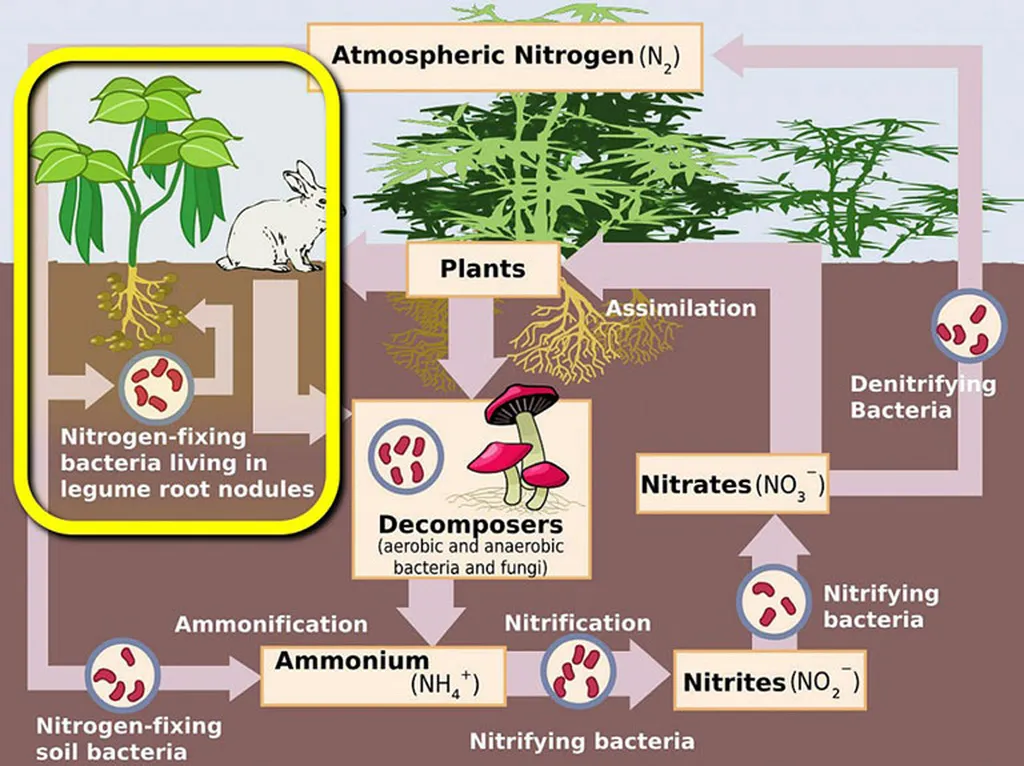In the intricate world of soil ecosystems, a new study has turned conventional wisdom on its head, revealing that fungal networks might be the unsung heroes in the nitrogen cycle, potentially reshaping our understanding of nutrient management in agriculture and beyond. The research, led by Reza Ghaderi from the University of Melbourne’s School of Agriculture, Food and Ecosystem Sciences, challenges the long-held belief that microfauna-driven bacterial turnover leads to enhanced nitrogen availability.
The study, published in the Journal of Sustainable Agriculture and Environment (which translates to ‘Journal of Sustainable Agriculture and Environment’), set out to investigate the interactions between soil microorganisms and their microfaunal grazers. Using a combination of morphological observations, quantitative polymerase chain reaction, and high-throughput sequencing, Ghaderi and his team found that microbial grazing by microfauna did not enhance nitrogen mineralisation as expected. Instead, they observed a dominant fungal-driven nitrogen immobilisation process.
“This was quite surprising,” Ghaderi admits. “We initially hypothesised that an increase in bacterial grazers would lead to enhanced nitrogen mineralisation. However, our findings indicate that fungi play a central role in regulating nitrogen transformations.”
The research highlights the significant role of fungal networks in nitrogen retention, with a notable increase in the presence of saprophytic fungi, fungivore nematodes, and a high nematode channel index. The absolute abundance of fungal communities, particularly members of the Sordariomycetes class, further supports the hypothesis that fungi are key players in this process.
So, what does this mean for the energy sector and commercial agriculture? Understanding and harnessing these fungal networks could lead to more efficient nutrient management strategies, reducing the need for synthetic fertilisers and potentially lowering the environmental impact of agricultural practices. This could translate into significant cost savings and improved sustainability for farmers and energy crops.
Moreover, the study opens up new avenues for research into soil ecosystem functions and the complex interactions between microorganisms and microfauna. As Ghaderi puts it, “Our findings challenge the conventional assumption that microfauna-driven bacterial turnover leads to enhanced nitrogen availability. This could have significant implications for our understanding of nutrient cycling in various ecosystems.”
In the quest for sustainable agriculture and energy production, this research serves as a reminder that nature often has its own, sometimes counterintuitive, ways of maintaining balance. By delving deeper into these complex soil ecosystems, we may unlock the secrets to more efficient and sustainable nutrient management practices.

